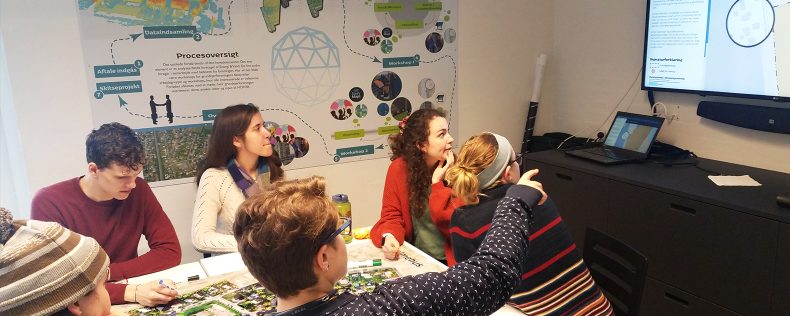Geographical information systems (GIS) are used in many contexts of modern society, e.g. research, industry, public planning, and climate change adaptation. This course is a hands-on introduction to using and understanding GIS. Exercises include working on spatial data, map projections, coordinate systems, data bases, and data quality issues. Furthermore, the exercises are built to illustrate the usefulness of GIS in a variety of contexts in relation to climate change as well as to guide you through the use of the software.
Related Discipline(s)
This course would also be of interest to the following discipline(s):Information Science

